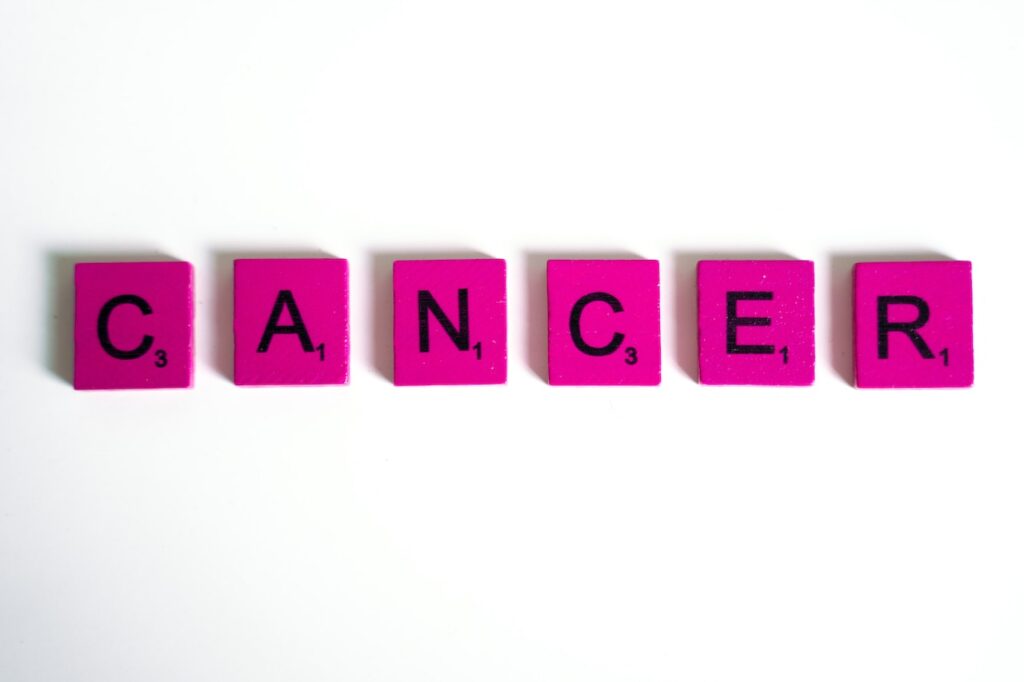Alarming connection between common chemicals and cancer risk in women: Study
Research uncovers troubling links, prompting calls for further investigation.

A recent study funded by the United States government has found that some widely used chemicals might increase the risk of ovarian and other cancers in women. This research was carried out by a group of academic scientists who analyzed data collected by the US Centers for Disease Control and Prevention (CDC). They discovered a connection between women who had been diagnosed with certain cancers and their exposure to toxic PFAS chemicals, also known as “forever chemicals.”
The study, which was published in the Journal of Exposure Science and Environmental Epidemiology, highlights that some women who suffered from cancers related to hormones had been exposed to certain PFAS chemicals. These PFAS chemicals seem to disrupt hormone function in women, which could increase their chances of developing hormone-related cancers, according to Amber Cathey, a research faculty scientist at the University of Michigan and the lead author of the study. Importantly, the researchers did not find a similar link between these chemicals and cancer diagnoses in men.

The study’s findings are based on data collected through a CDC biomonitoring program conducted between 2005 and 2018, involving more than 10,000 participants. The scientists analyzed participants’ previous cancer diagnoses and their levels of PFAS and phenols in blood and urine samples.
PFAS are substances found in thousands of household and industrial products, including stain- and water-resistant fabrics, cleaning products, paints, and fire-fighting foams. They are called “forever chemicals” because they persist in the environment for a long time. Given how widely these chemicals are used, it is nearly impossible to avoid exposure to them. A previous report by the CDC even revealed that PFAS can be found in the blood of 97 percent of Americans.
Why should people care about these findings? According to Max Aung, an assistant professor of environmental health at the USC Keck School of Medicine and the senior author of the study, people should be concerned because we know that these chemicals are widespread, and we have clear data documenting human exposure to them.
The study also revealed other important connections. Women diagnosed with cancer were found to have higher exposures to phenols, which are organic compounds present in many household products, including mouthwash and food packaging. Additionally, higher exposure to a specific type of PFAS called PFDE, especially in women, doubled the odds of a previous melanoma diagnosis.
Racial differences were also observed. White women with greater PFAS exposure had a higher likelihood of a previous cancer diagnosis linked with ovarian and uterine cancers. In contrast, non-white women were more likely to have had a previous cancer diagnosis with increased exposure to phenols and parabens, which were associated with breast cancer.
It’s important to note that this study does not conclusively prove that exposure to these “forever chemicals” directly causes these cancer diagnoses. However, it serves as a strong signal that they may be playing a role in cancer development and should be further investigated.
In summary, a recent US government-funded study has raised concerns about the link between exposure to PFAS chemicals and an increased risk of certain cancers in women. These chemicals, found in many everyday products, can disrupt hormone function in women. The study also found associations between cancer diagnoses and exposure to phenols and a specific type of PFAS. Additionally, the study highlighted racial differences in cancer risk related to chemical exposure. While more research is needed, these findings underscore the importance of understanding and addressing the potential health risks associated with these widely used chemicals.
Please, also have a look into : Alert Women pilot saves over 300 lives in Delhi; 2 planes were 1.8 Km apart



